 This morning (April 14), Save the Children International, led by Mr. Vuong Dinh Giap, Executive Director of Programs and Projects (under Save the Children International), had a working session with the Provincial Union of Friendship Organizations on the implementation of project activities "Feasibility assessment for developing a proposed design for the Green Carbon Credit Project in Ca Mau province in 2024-2025" (referred to as the "Green Carbon Credit" Project).
This morning (April 14), Save the Children International, led by Mr. Vuong Dinh Giap, Executive Director of Programs and Projects (under Save the Children International), had a working session with the Provincial Union of Friendship Organizations on the implementation of project activities "Feasibility assessment for developing a proposed design for the Green Carbon Credit Project in Ca Mau province in 2024-2025" (referred to as the "Green Carbon Credit" Project).
Accompanying the delegation was Mr. Toyoda Misuaki, Save the Children Japan Organization. Ms. Nguyen Thi Thanh Huong, Vice President of the Union, received and worked with the delegation.
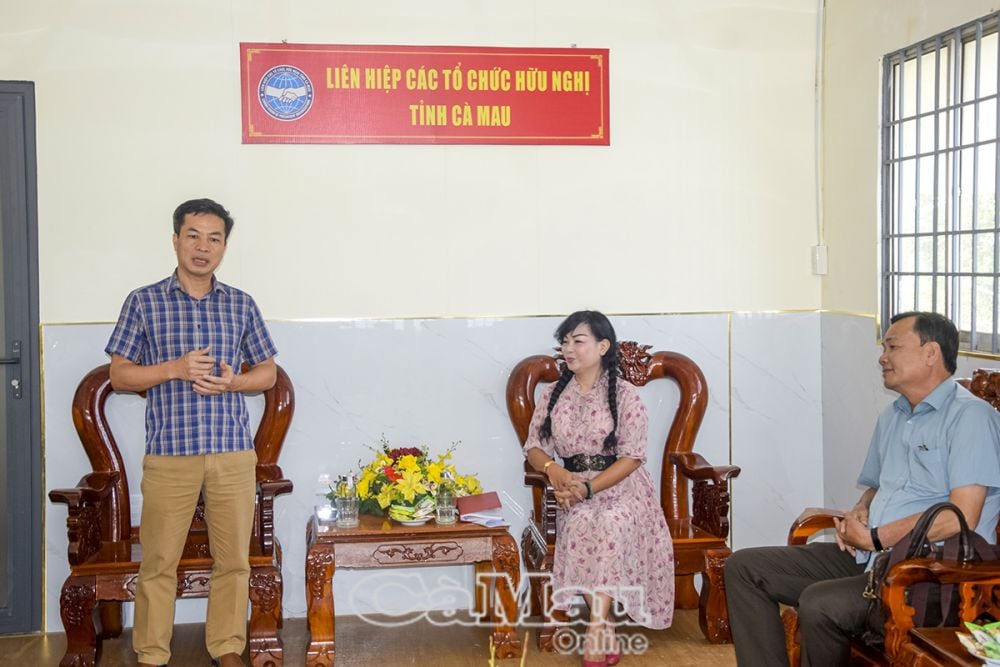
"The project to assess the feasibility of designing a proposal to mobilize the Green Carbon Credit Project in Ca Mau province in 2024-2025" is chaired by the Union of Friendship Organizations of Ca Mau province in coordination with SCI. The project implementation period is from the date of approval (February 20) to September 2025 with a total capital of over 1.7 billion VND. This is a feasibility assessment project to create a basis for the right and effective implementation of the "Green Carbon Credit" project, especially activities to calculate and quantify carbon footprints, consider the influence and impact of forests on climate change.
Within the framework of the working session, the delegation learned about the project's location and context; learned about the difficulties, challenges and response plans to complete the project by September 2025 and the use of project results after completion. Members discussed a number of feasible coordination solutions associated with the green carbon credit market, towards NetZero by 2025, green economy, green tourism, environmental protection associated with sustainable livelihood development for coastal mangrove communities of the province.
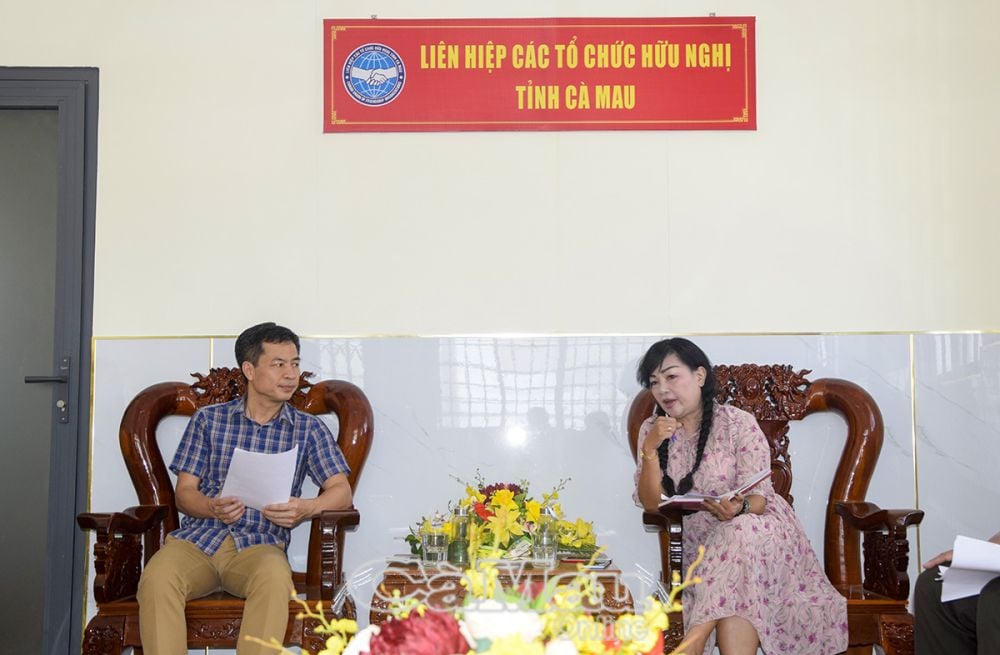
Informing the working delegation, Mr. Phan Minh Chi, Deputy Director of the Department of Agriculture and Environment, said: “Ca Mau has 3 types of forests: mangrove forests; special-use forests; protection and production forests with a total forest area of over 92,460 hectares. Of which, mangrove forests are over 73,000 hectares, concentrated in districts such as Ngoc Hien, Nam Can, Dam Doi, Phu Tan. Mangrove forests in Ca Mau are considered large carbon “sinks”. The value of mangrove trees is not yet high, but the environmental value from mangrove trees is very large. However, carbon credits are currently facing difficulties in the legal framework. The roadmap for the Carbon Credit Project is still very long, among the 6 pilot provinces, there is no coastal province like Ca Mau, so Ca Mau is both working and learning from experience".
The working group also paid attention to the issue of developing livelihoods under the forest canopy, raising ecological shrimp of the people according to the forest-shrimp production model. “In the past, the Department of Agriculture and Environment has acted as a bridge connecting companies with households raising shrimp under the forest canopy to consume products. Up to now, more than 30 hectares have participated in this model, households have been granted product certificates, ensuring stable output,” Mr. Chi added.
Mr. Toyoda Misuaki expressed: This is the first time I have come to Ca Mau, the issue I am concerned about is whether the province has any difficulties in planting mangrove forests and how to solve and overcome them. Regarding carbon credits, what plans does the province have for using them after this project ends? If the province has revenue from carbon credits, will the province plan to return to the community to support them, especially what benefits will children receive from this project? In addition, regarding shrimp farming of the people within the framework of the project, there is support to change farming practices to bring higher value.
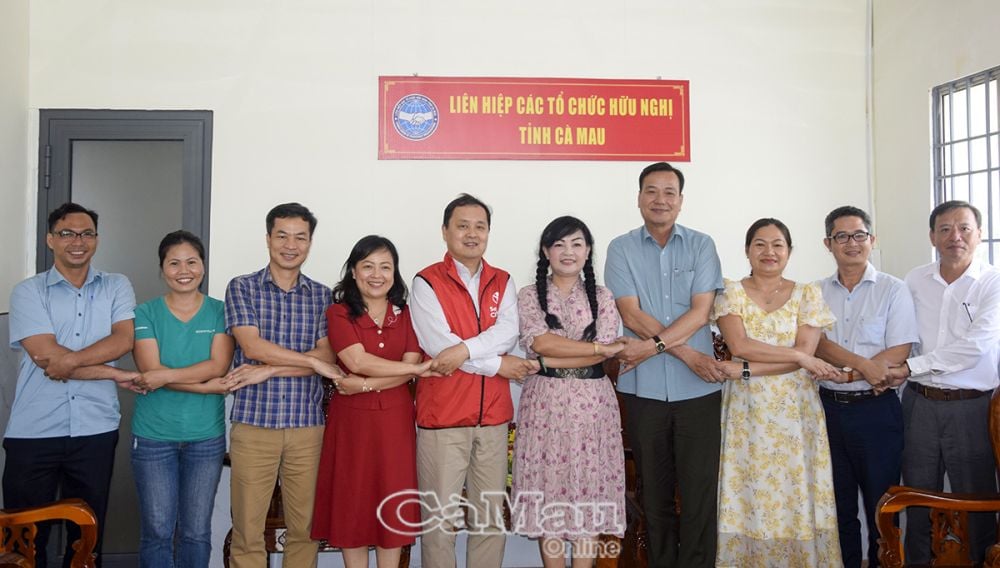
It is known that this afternoon and on April 15 and 16, the working group will inspect the progress of the implementation of the "Forest for Children" project in Tam Giang commune, Nam Can district and inspect the actual situation in localities in the work of planting, protecting mangrove forests and raising ecological shrimp by people according to the forest-shrimp production model in 3 communes of the project in Nam Can district supported by the program.
Diamond
Source: https://baocamau.vn/kiem-tra-tinh-kha-thi-cua-tin-chi-carbon-xanh-a38338.html


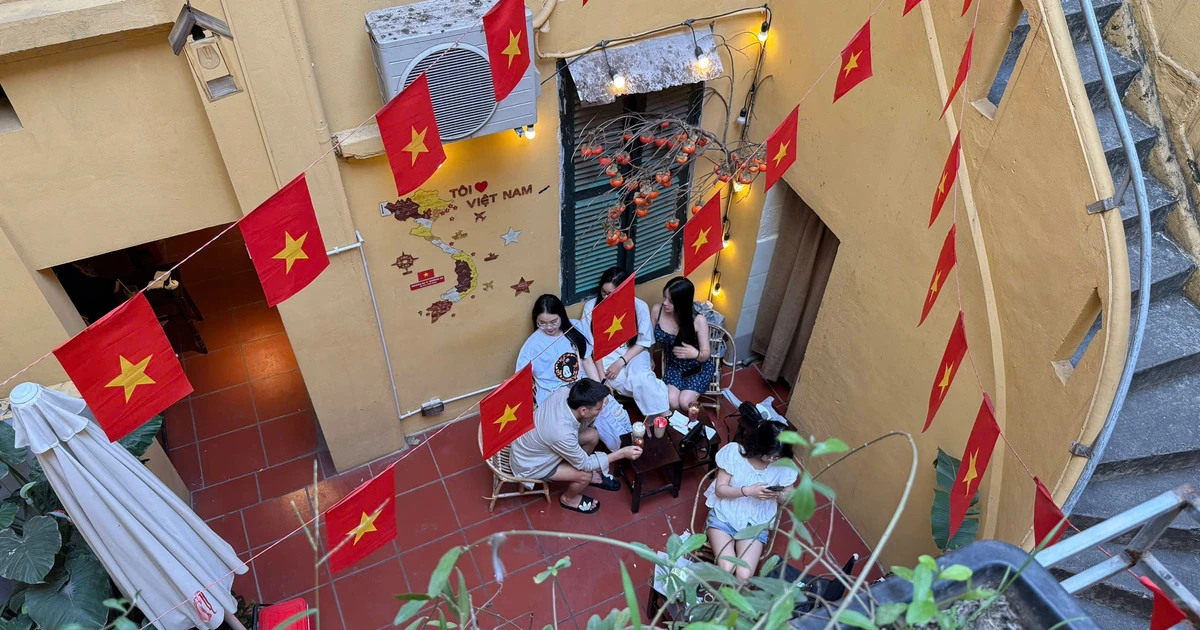
![[Photo] Many practical activities of the 9th Vietnam-China border defense friendship exchange](https://vstatic.vietnam.vn/vietnam/resource/IMAGE/2025/4/16/3016ed3ef51049219574230056ddb741)
![[Photo] North-South Expressway construction component project, Bung - Van Ninh section before opening day](https://vstatic.vietnam.vn/vietnam/resource/IMAGE/2025/4/17/ad7c27119f3445cd8dce5907647419d1)
![[Photo] President Luong Cuong receives Ethiopian Prime Minister Abiy Ahmed Ali](https://vstatic.vietnam.vn/vietnam/resource/IMAGE/2025/4/16/504685cac833417284c88a786739119c)
![[Photo] Opening of the 4th Summit of the Partnership for Green Growth and the Global Goals](https://vstatic.vietnam.vn/vietnam/resource/IMAGE/2025/4/16/488550ff07ce4cd9b68a2a9572a6e035)
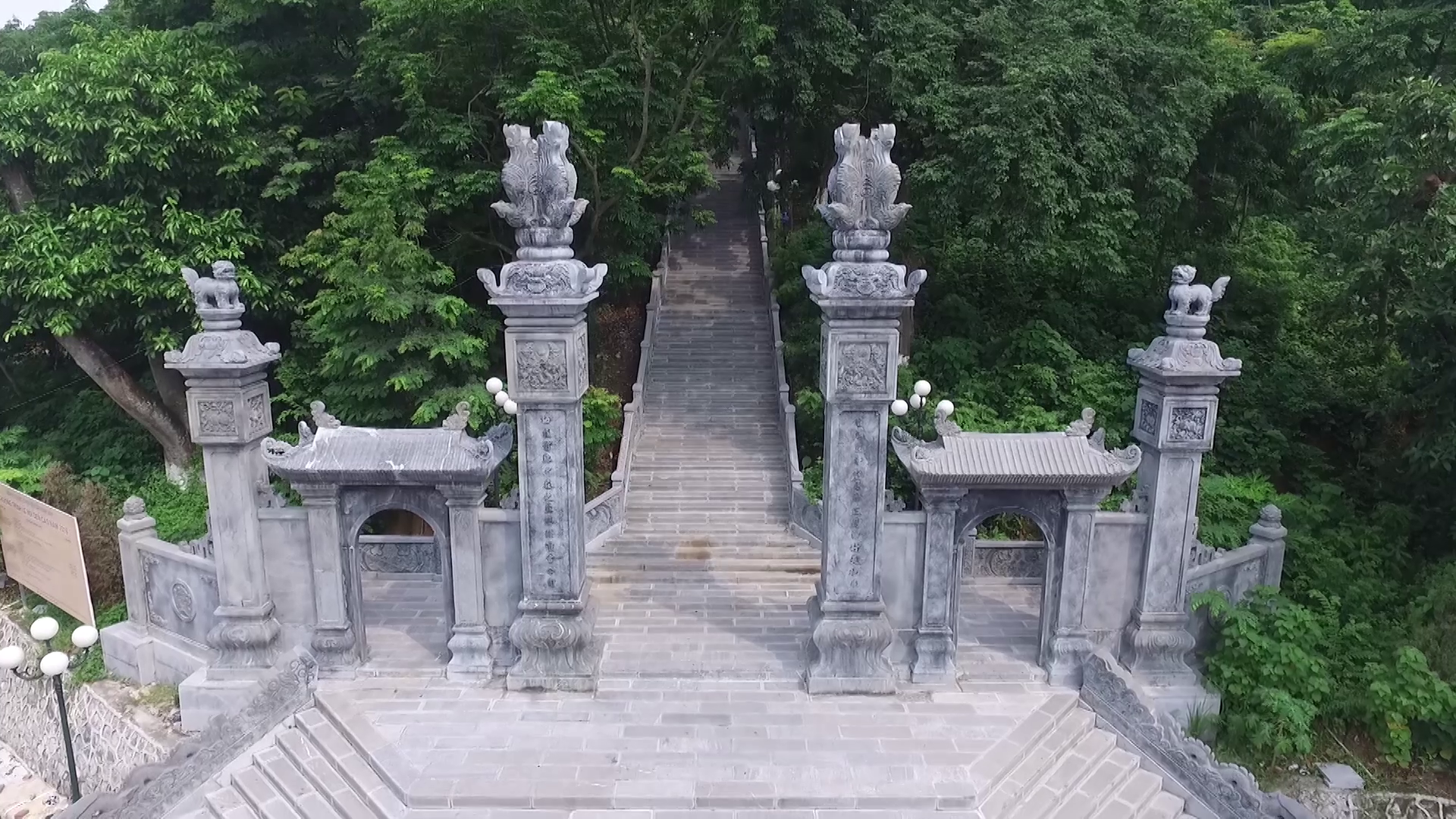
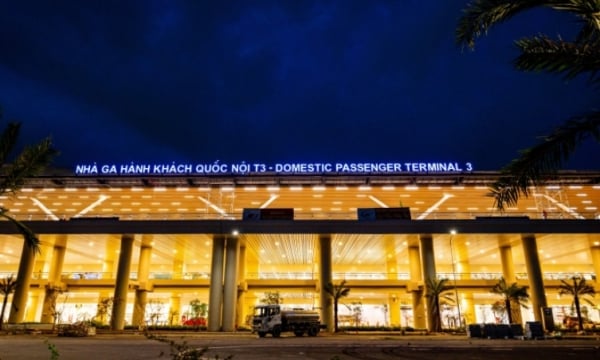
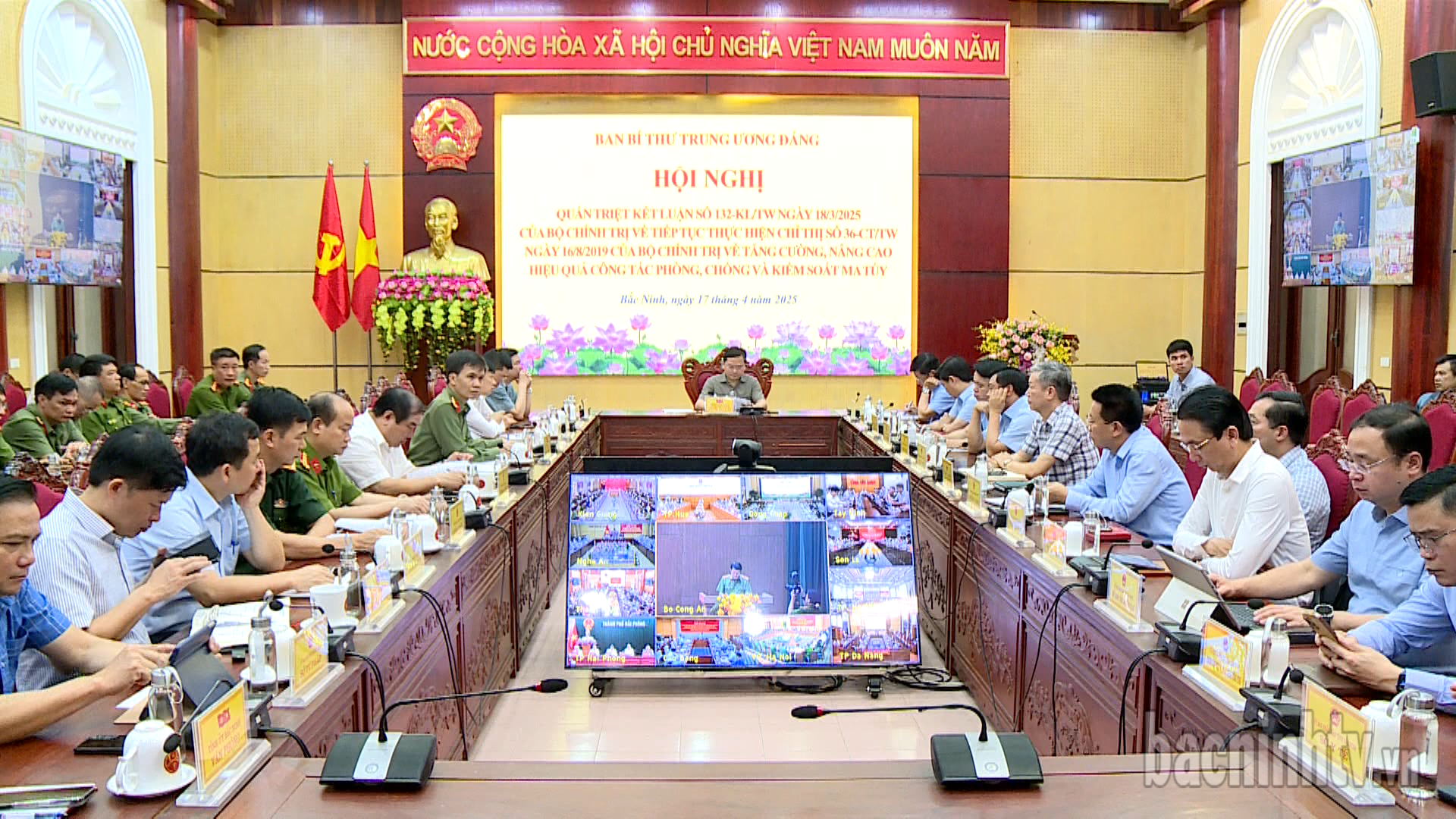

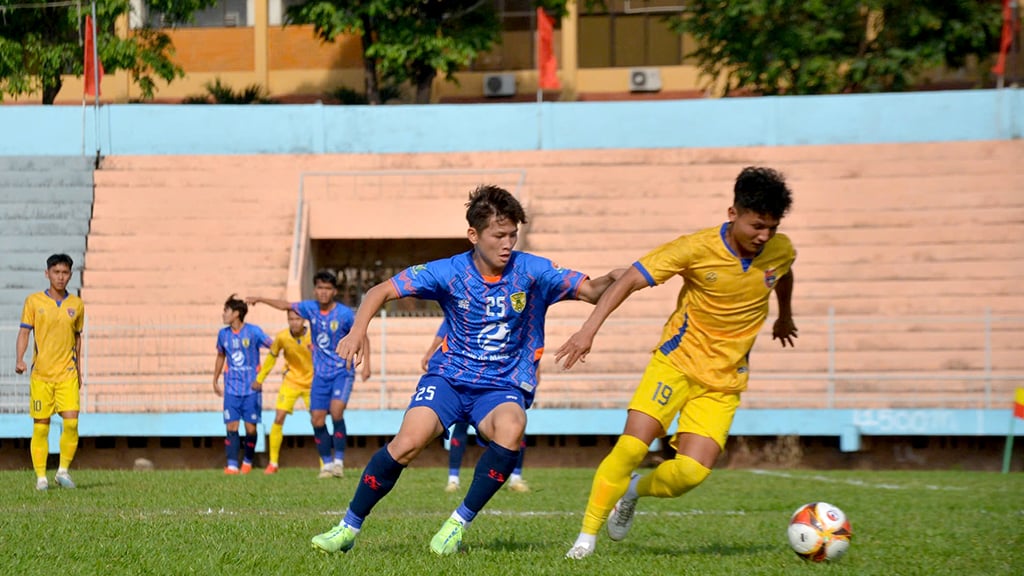
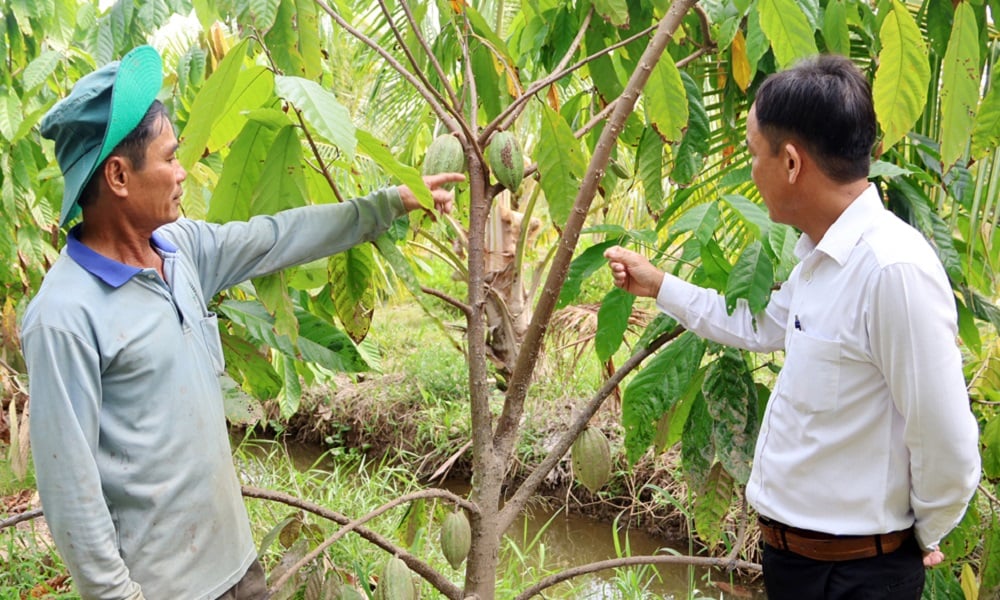
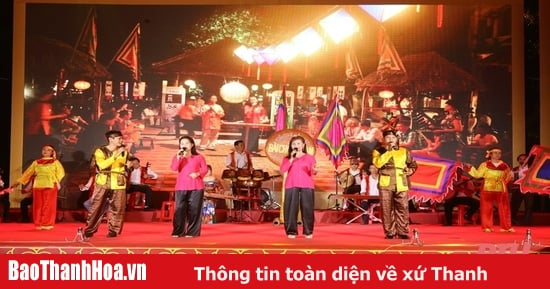




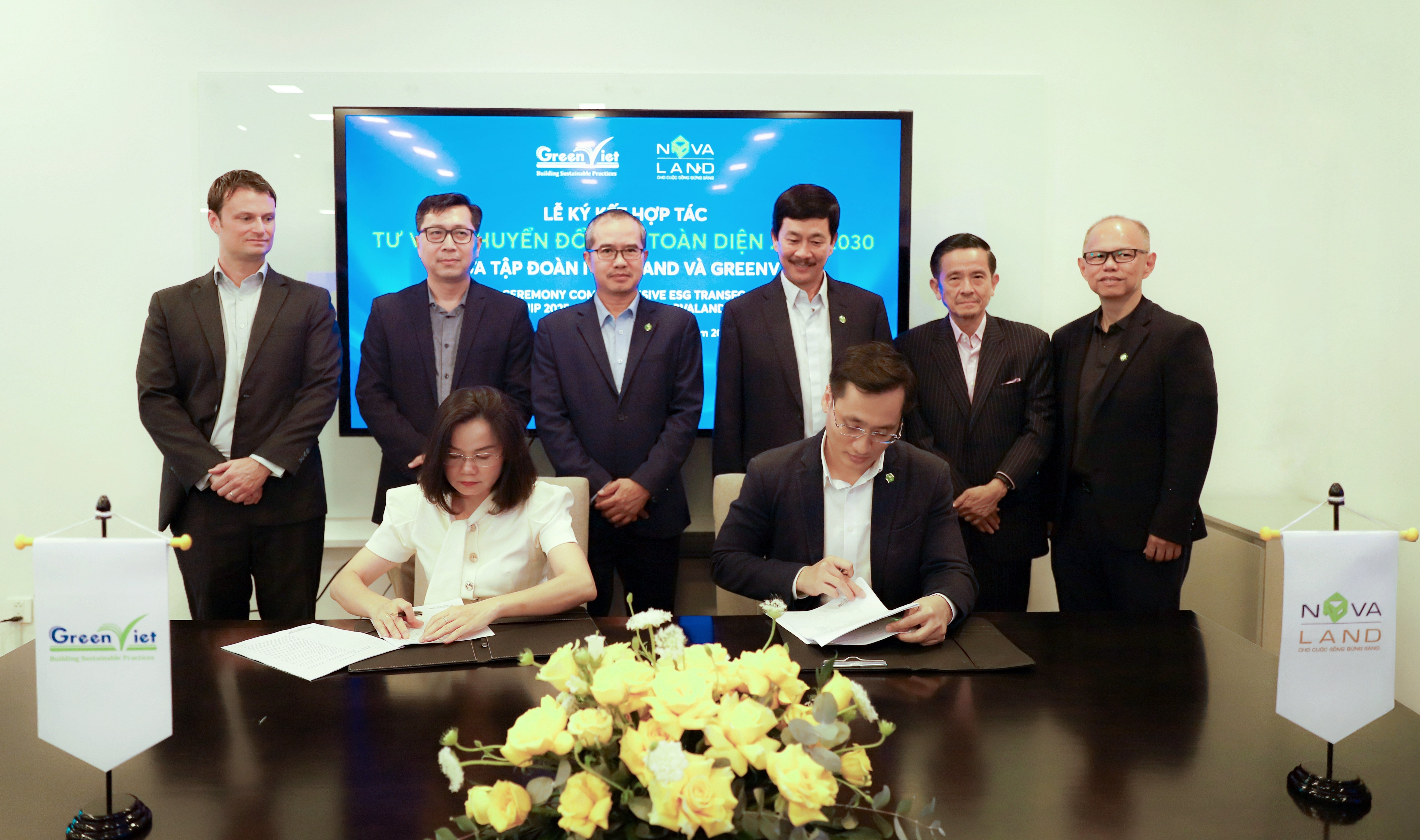
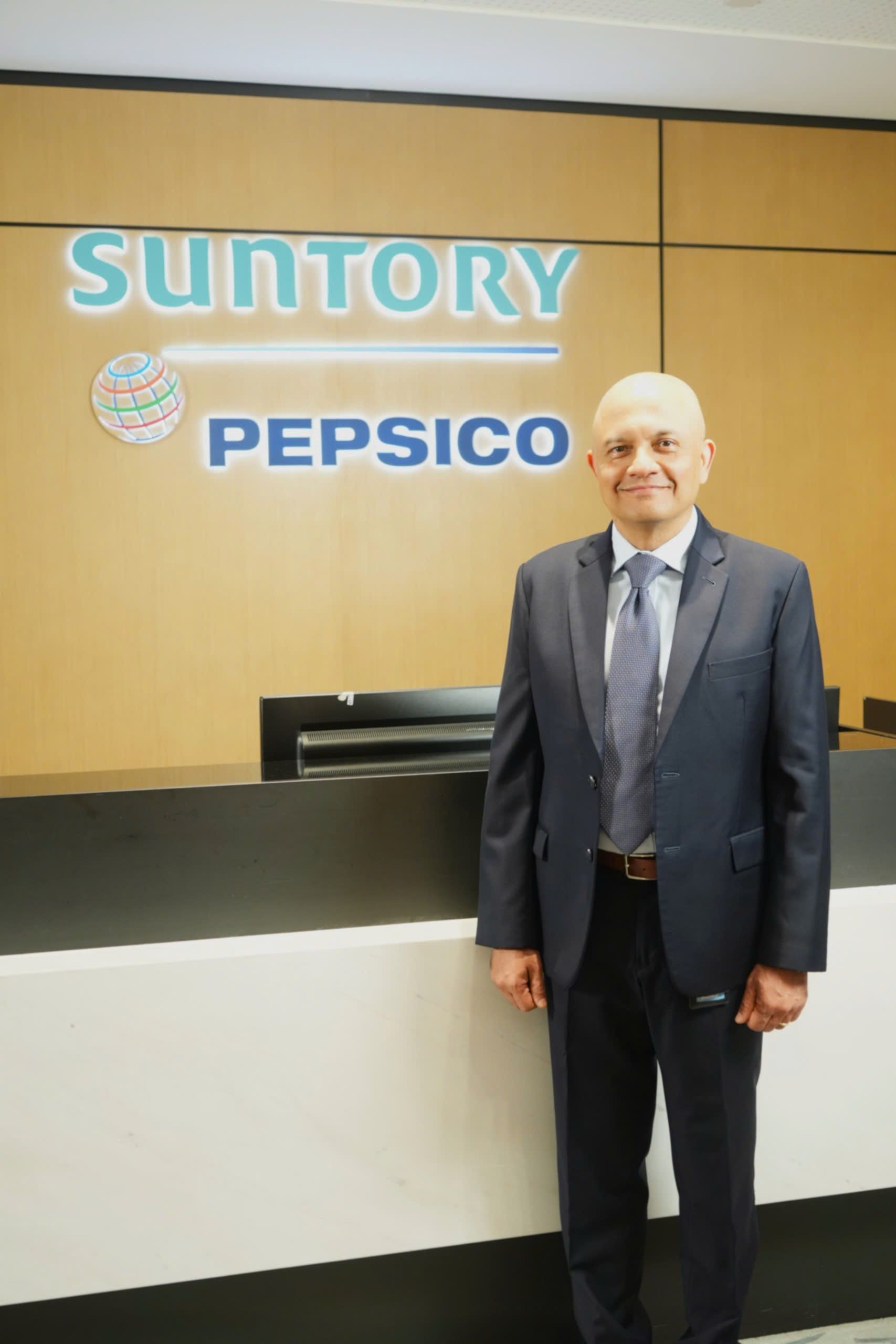
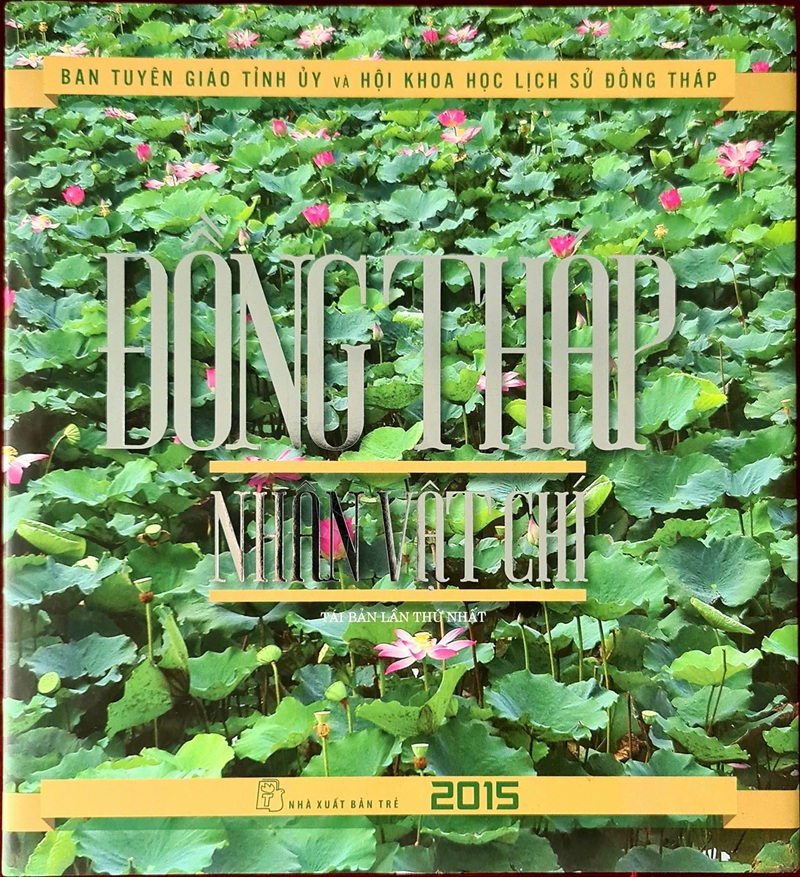


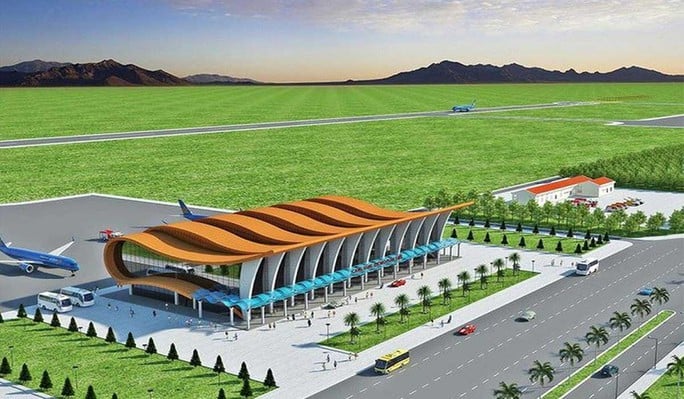
![[Photo] National Assembly Chairman Tran Thanh Man meets with Ethiopian Prime Minister Abiy Ahmed Ali](https://vstatic.vietnam.vn/vietnam/resource/IMAGE/2025/4/16/c196dbc1755d46e4ae7b506c5c15be55)




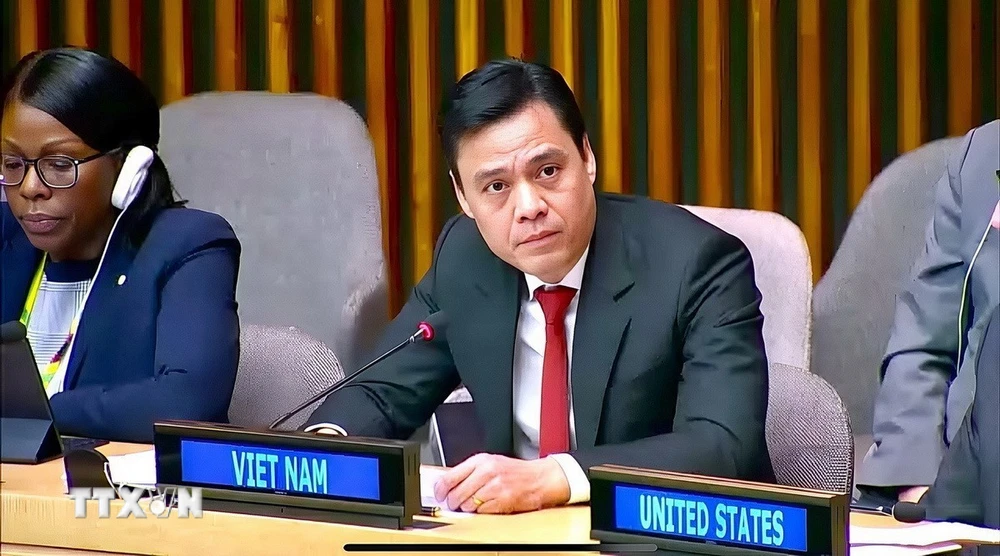

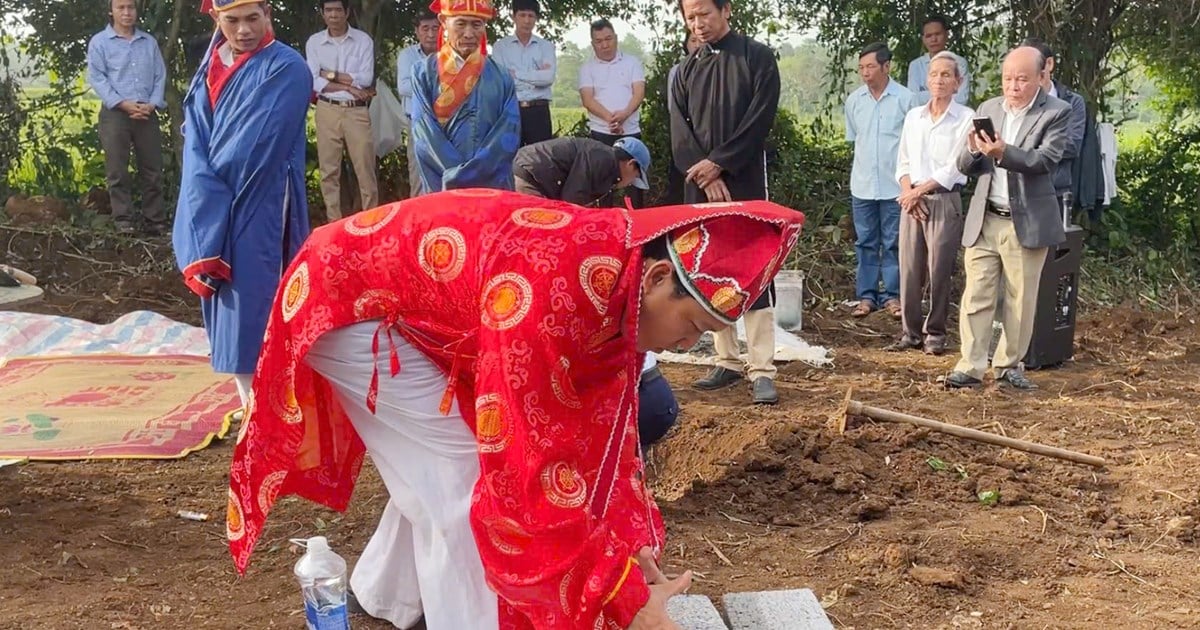

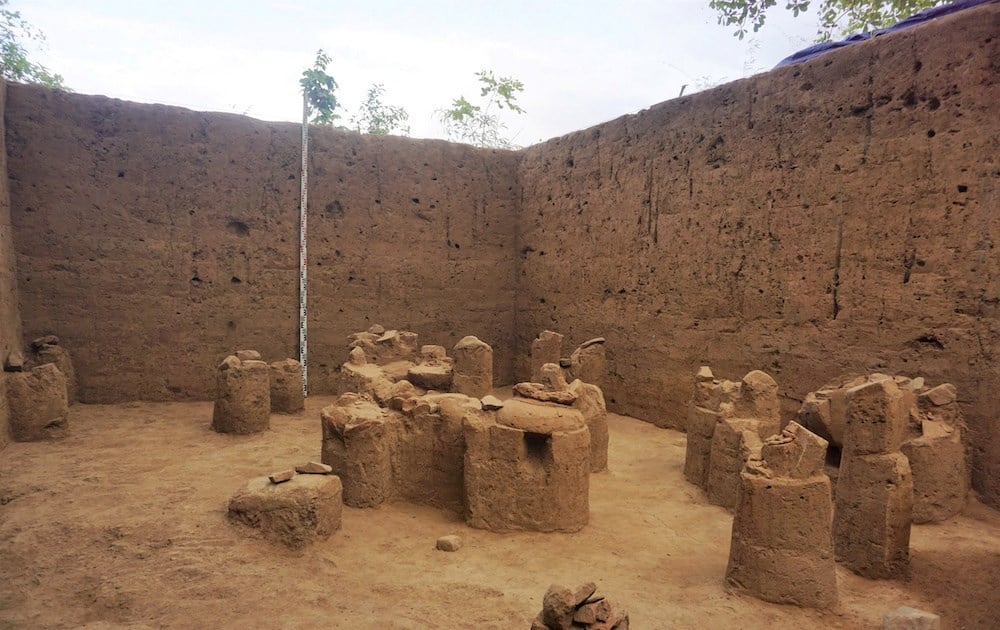
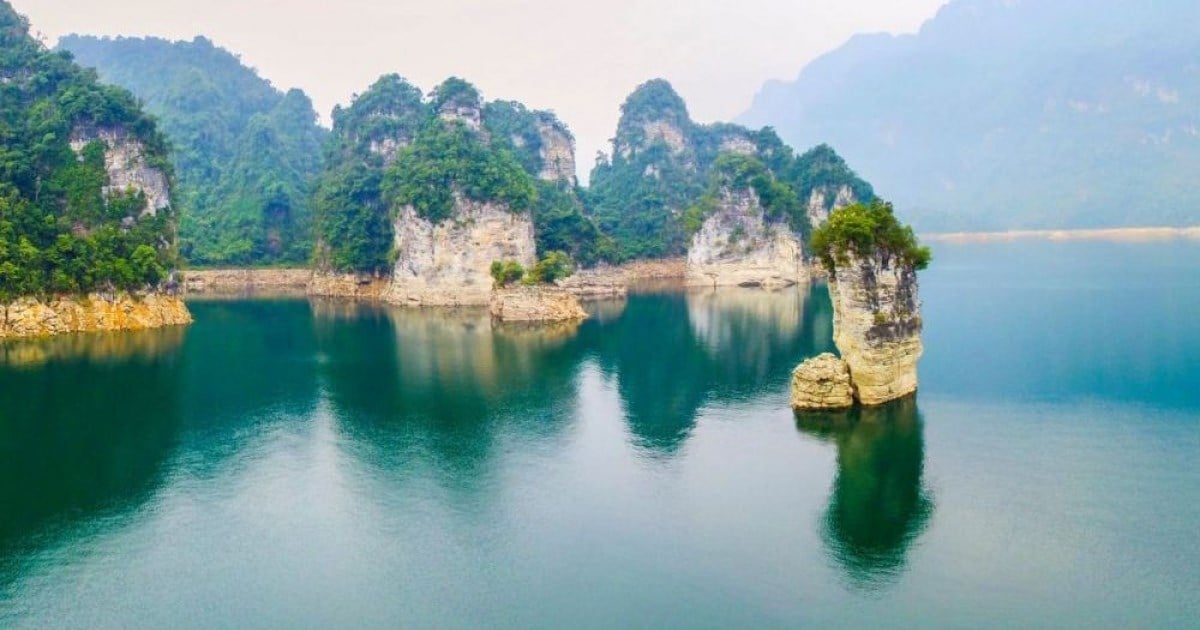


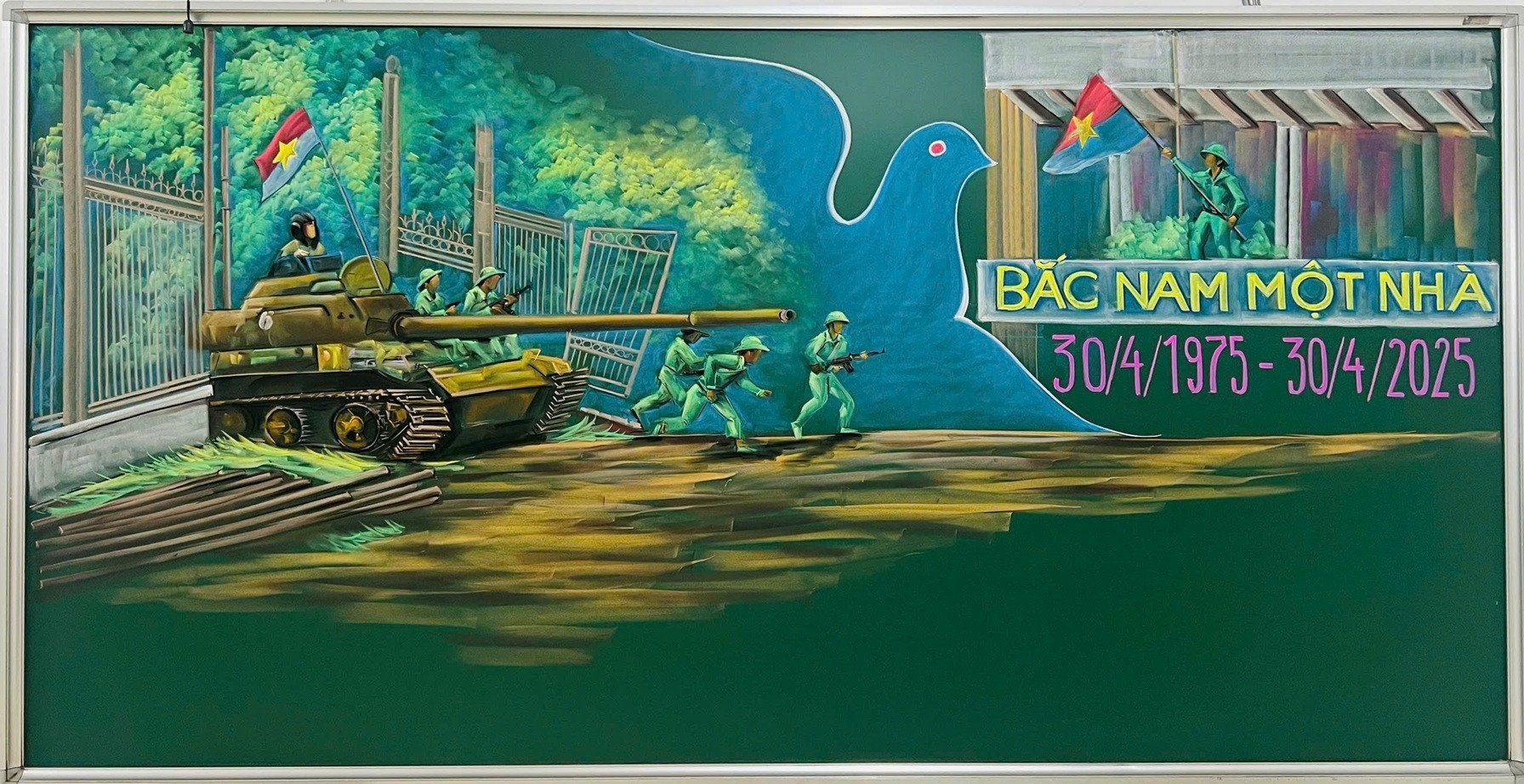





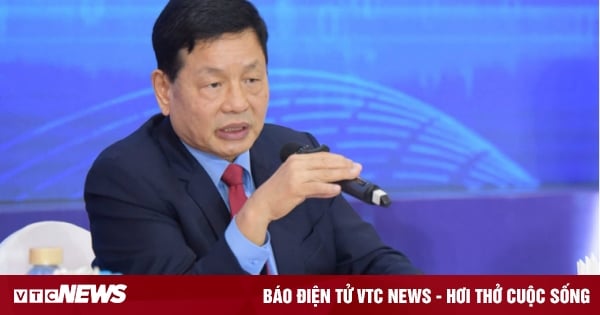

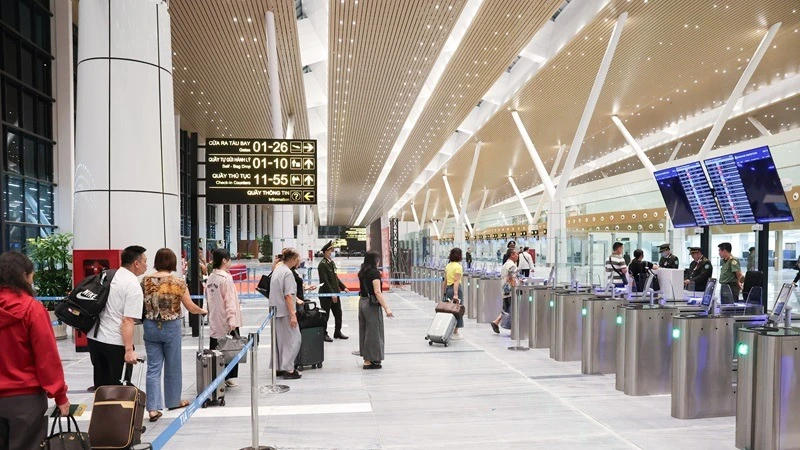

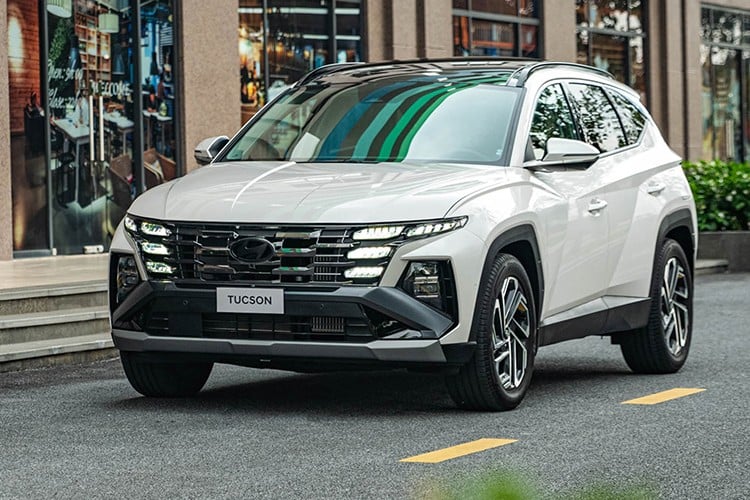

![[Video] Viettel officially puts into operation the largest submarine optical cable line in Vietnam](https://vstatic.vietnam.vn/vietnam/resource/IMAGE/2025/4/17/f19008c6010c4a538cc422cb791ca0a1)
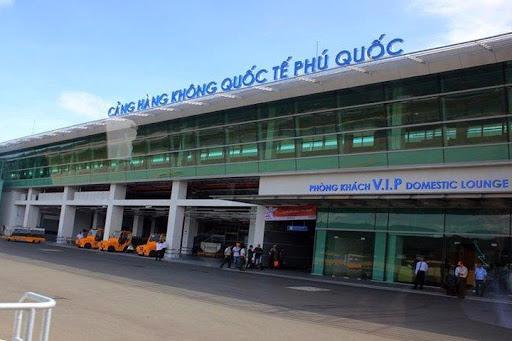
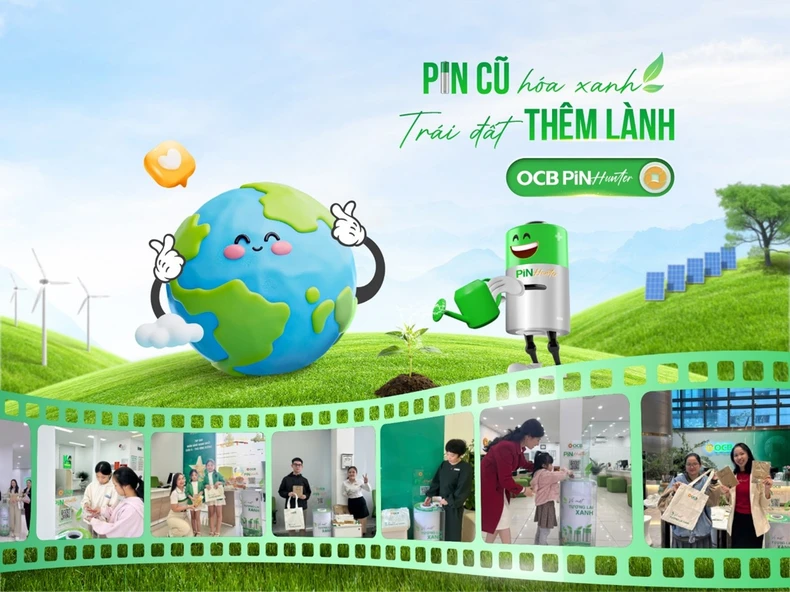


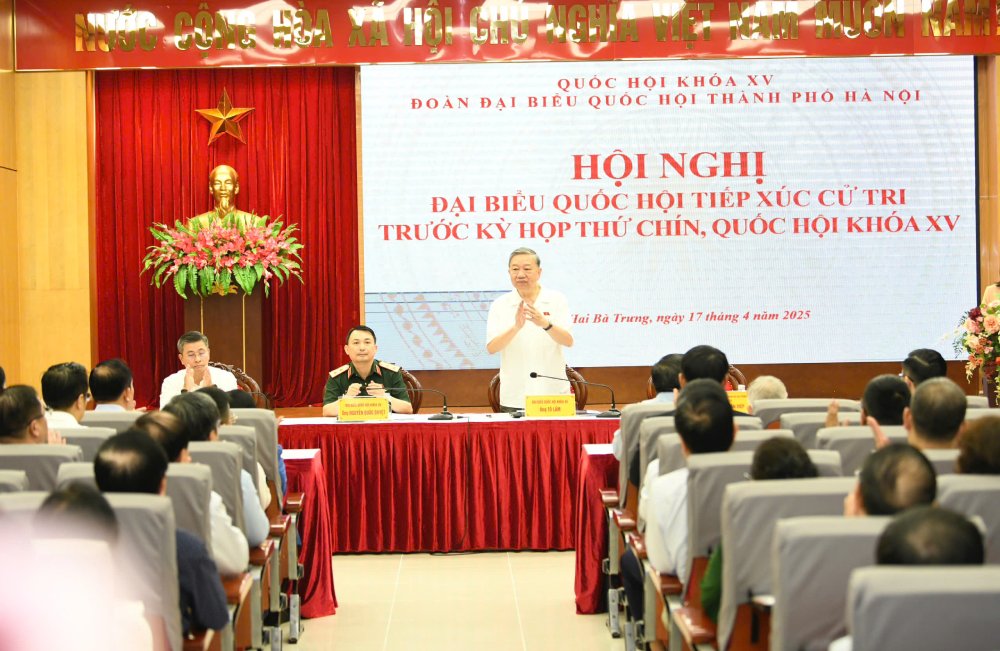

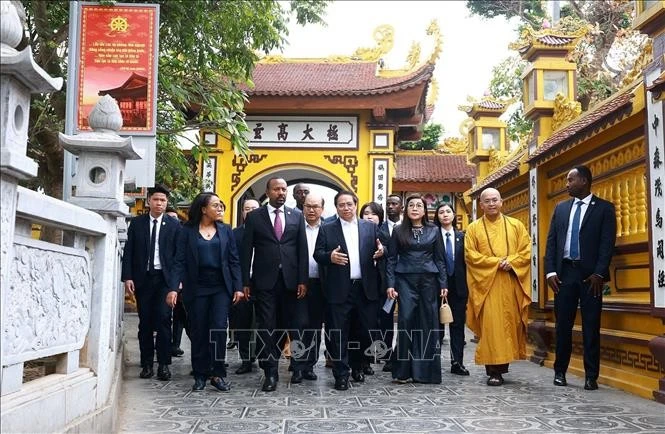

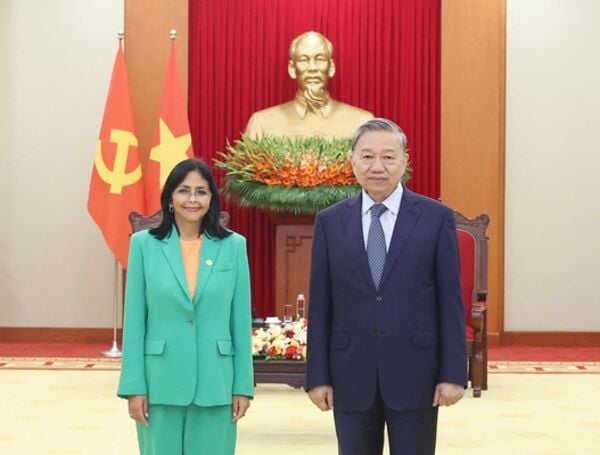
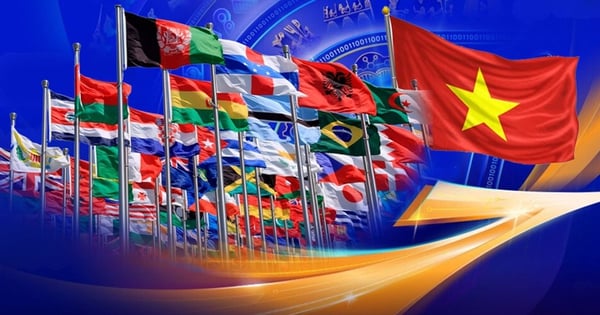
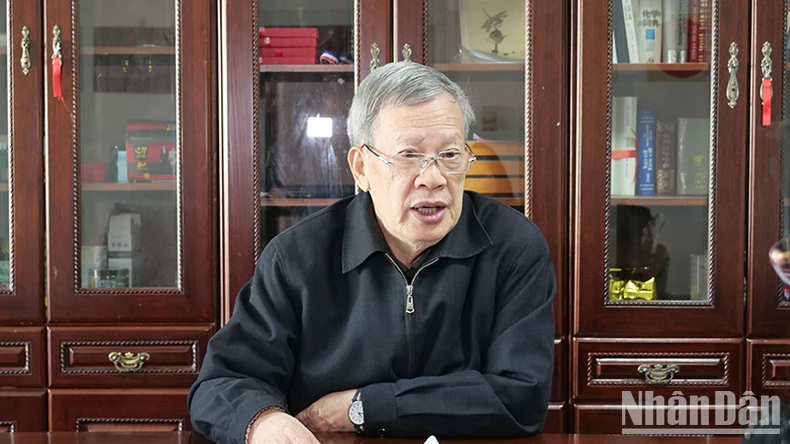



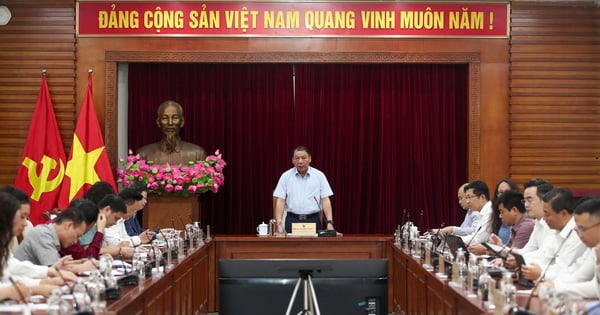


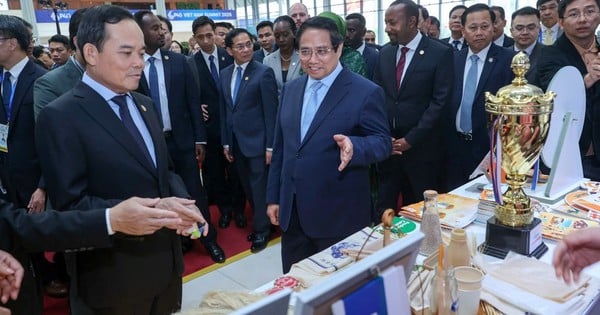

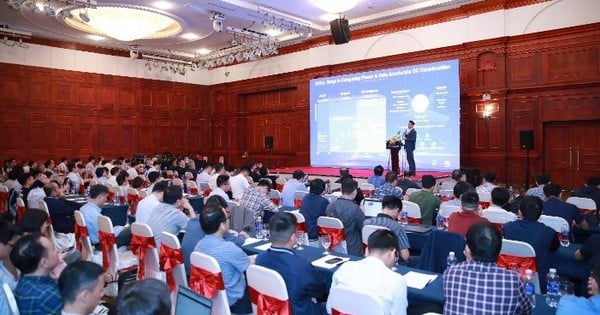
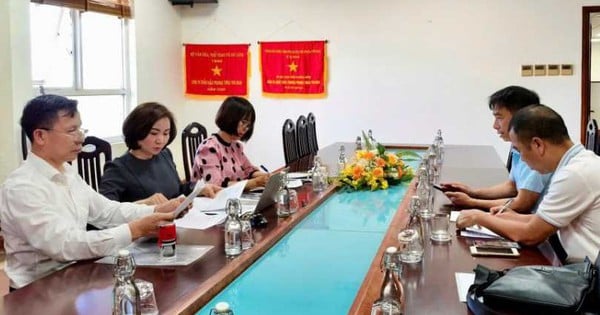
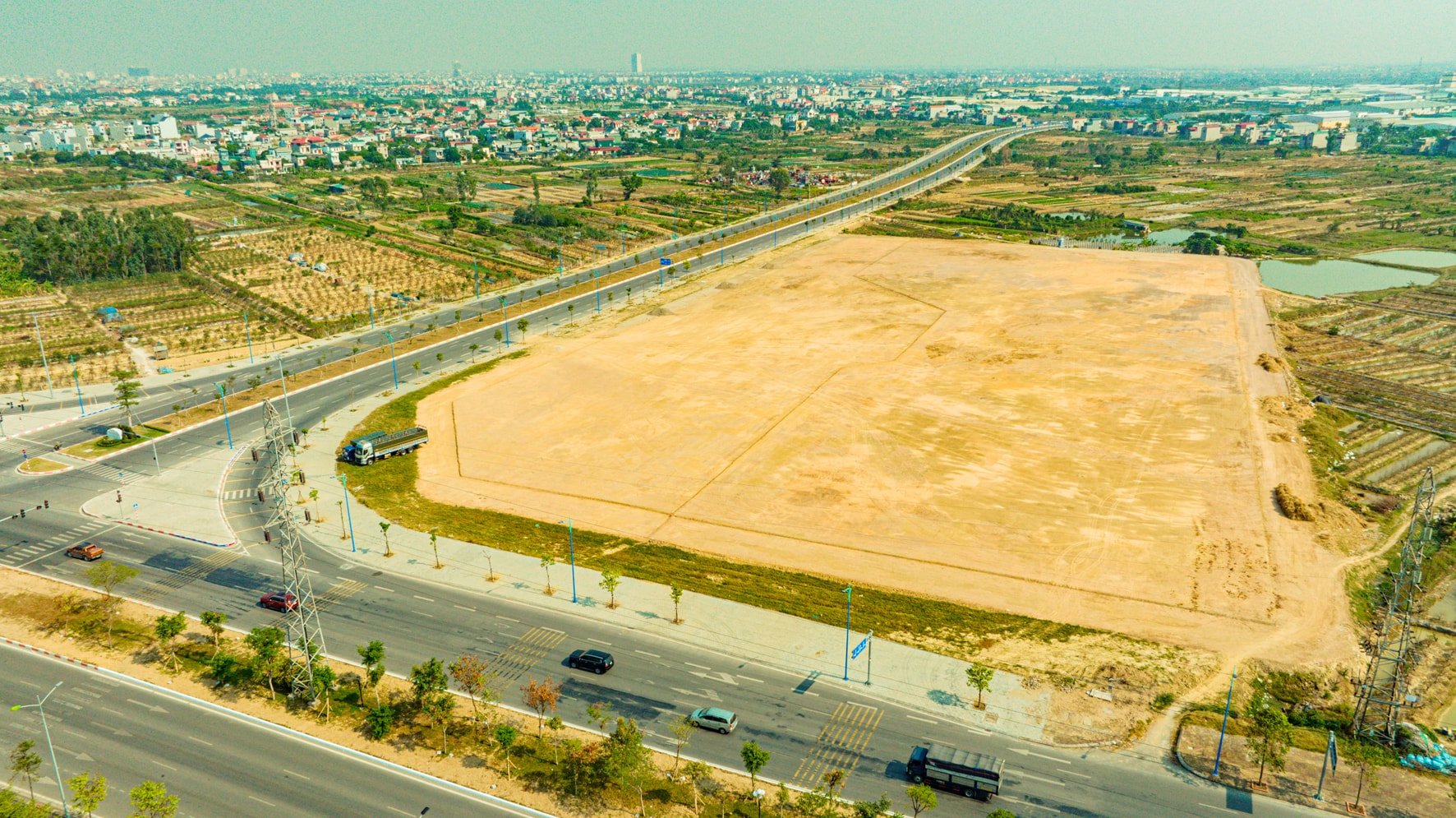

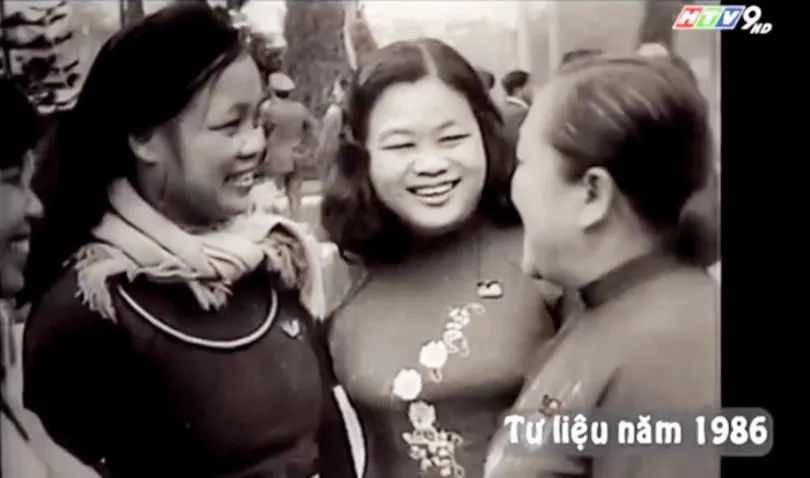

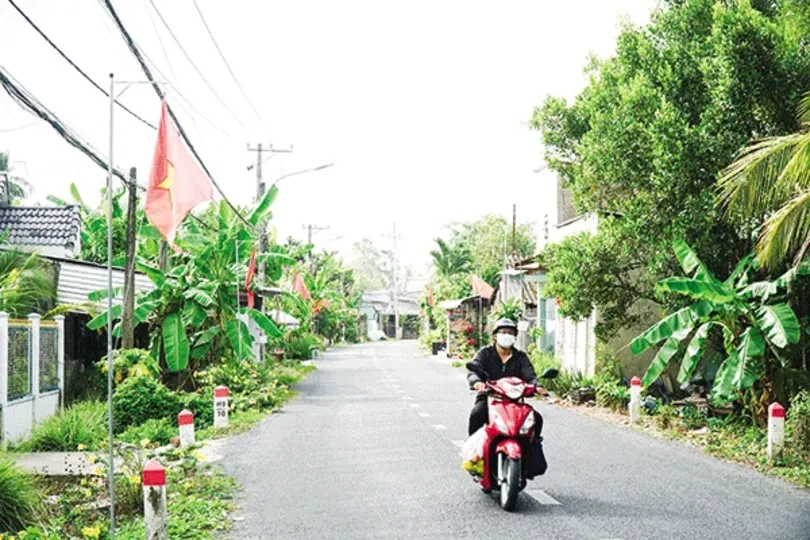


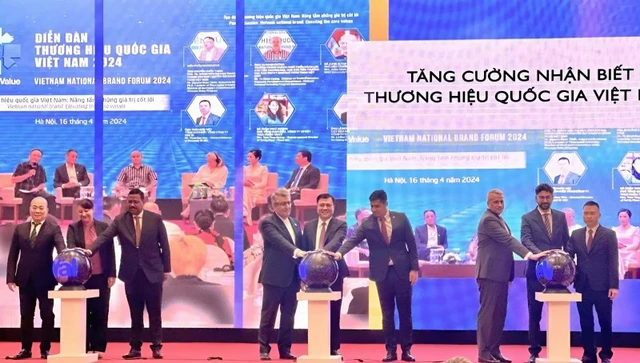

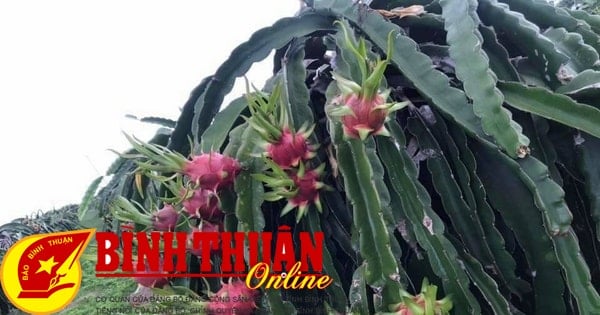

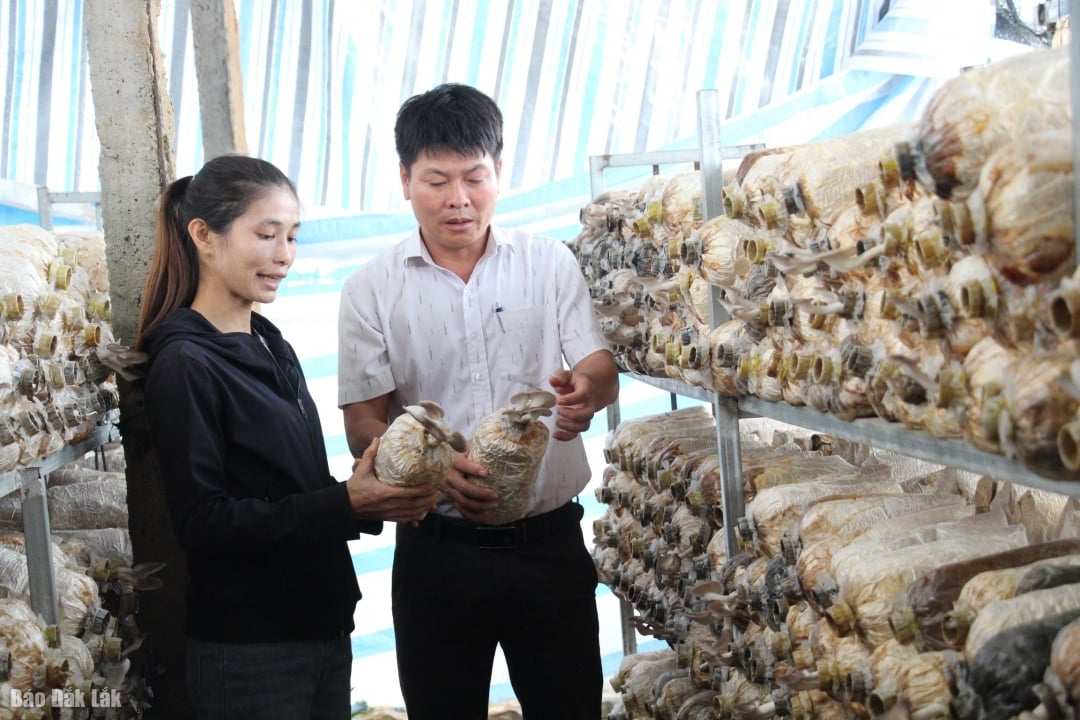

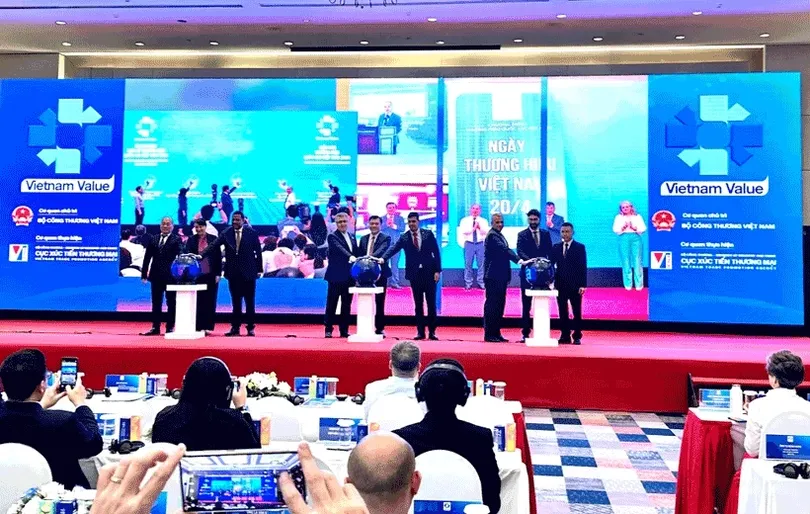
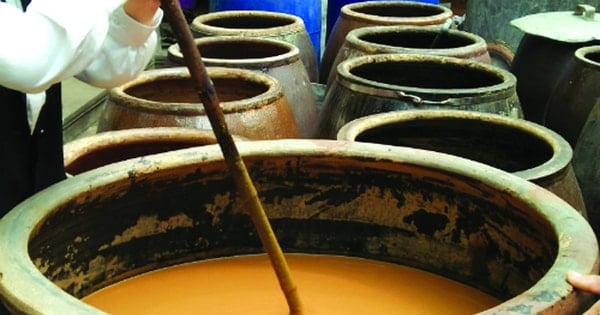
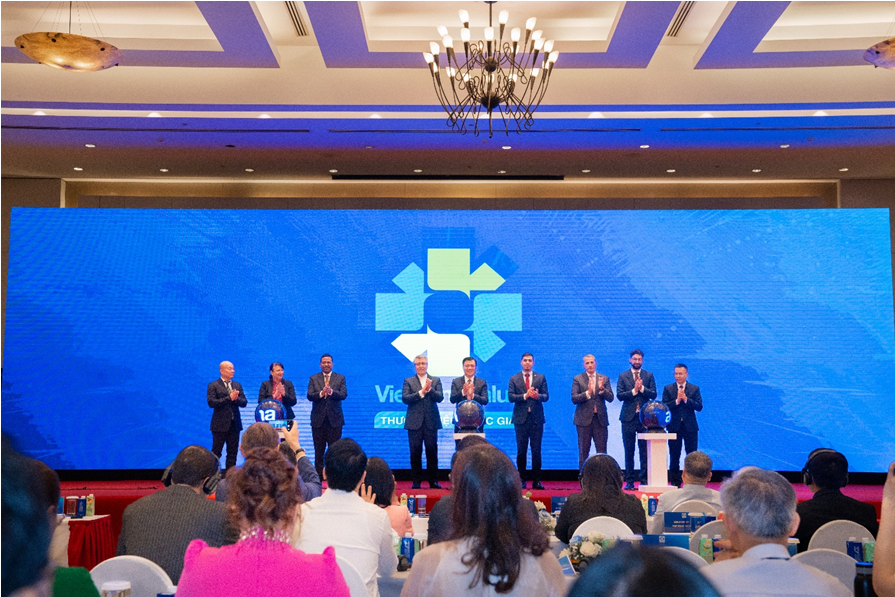

Comment (0)